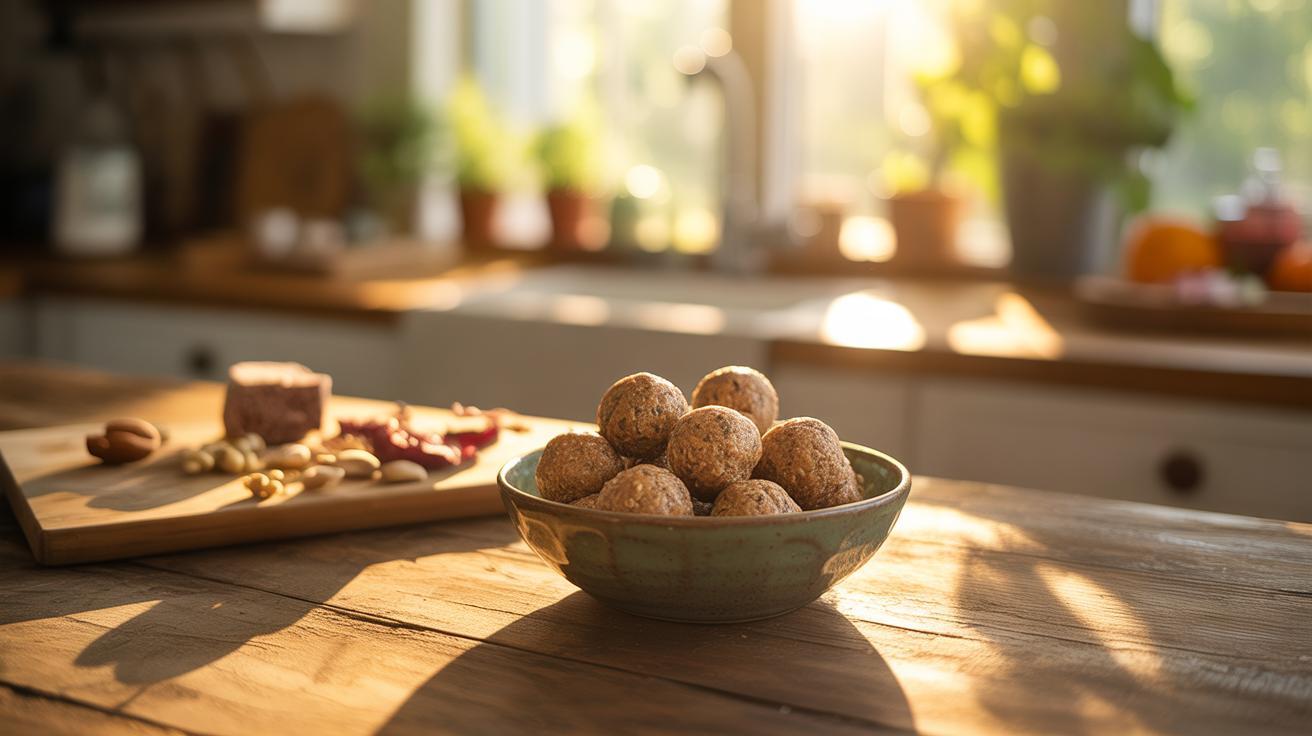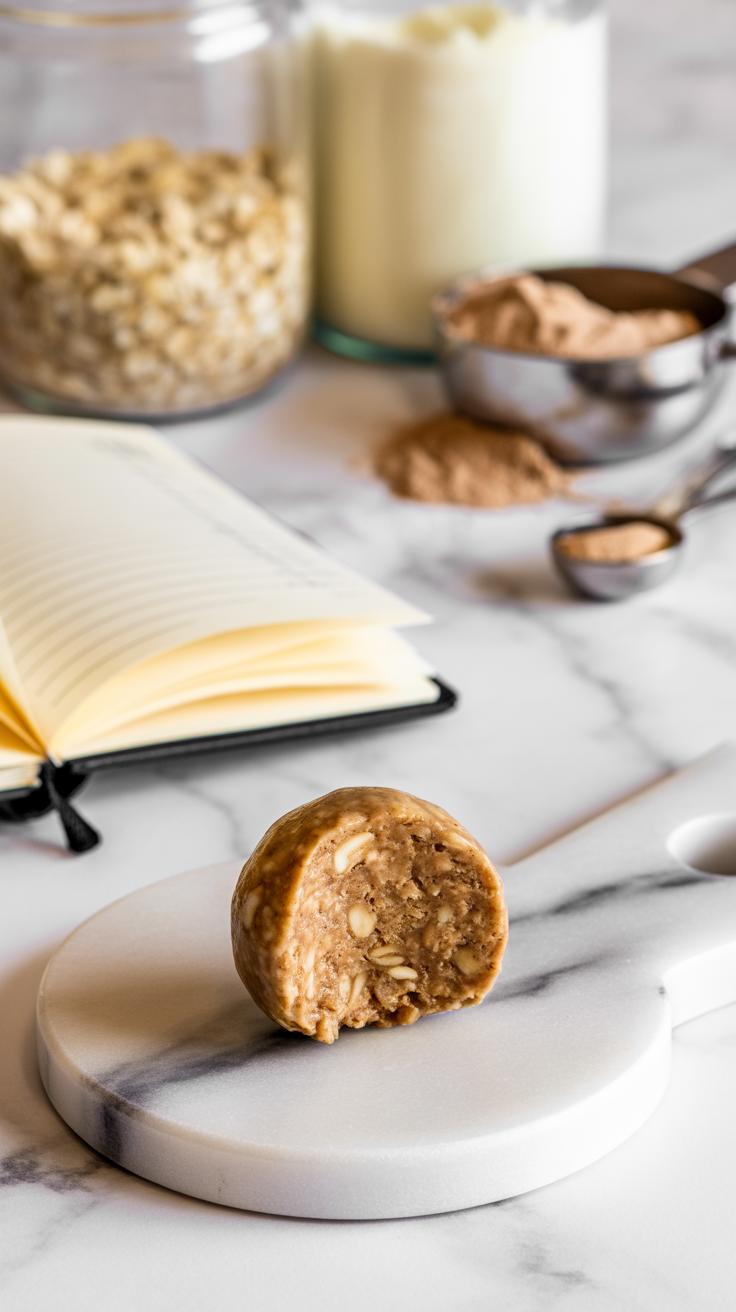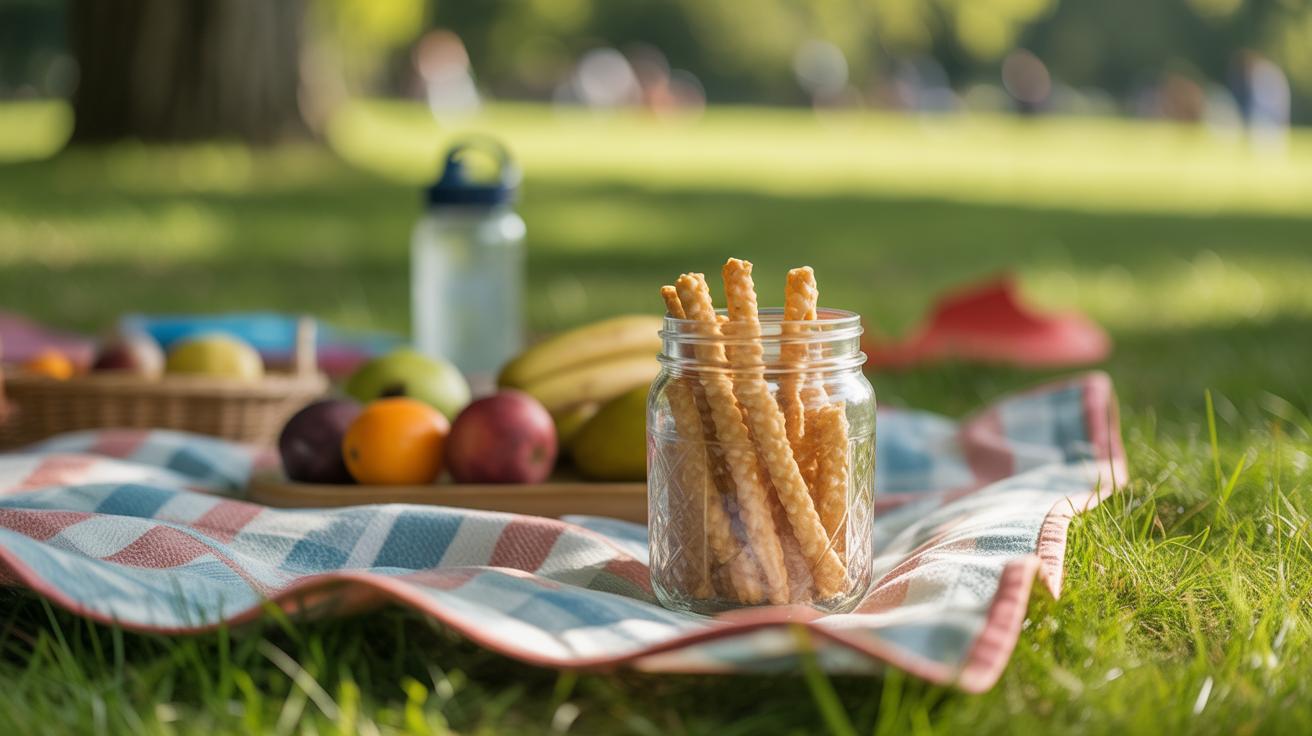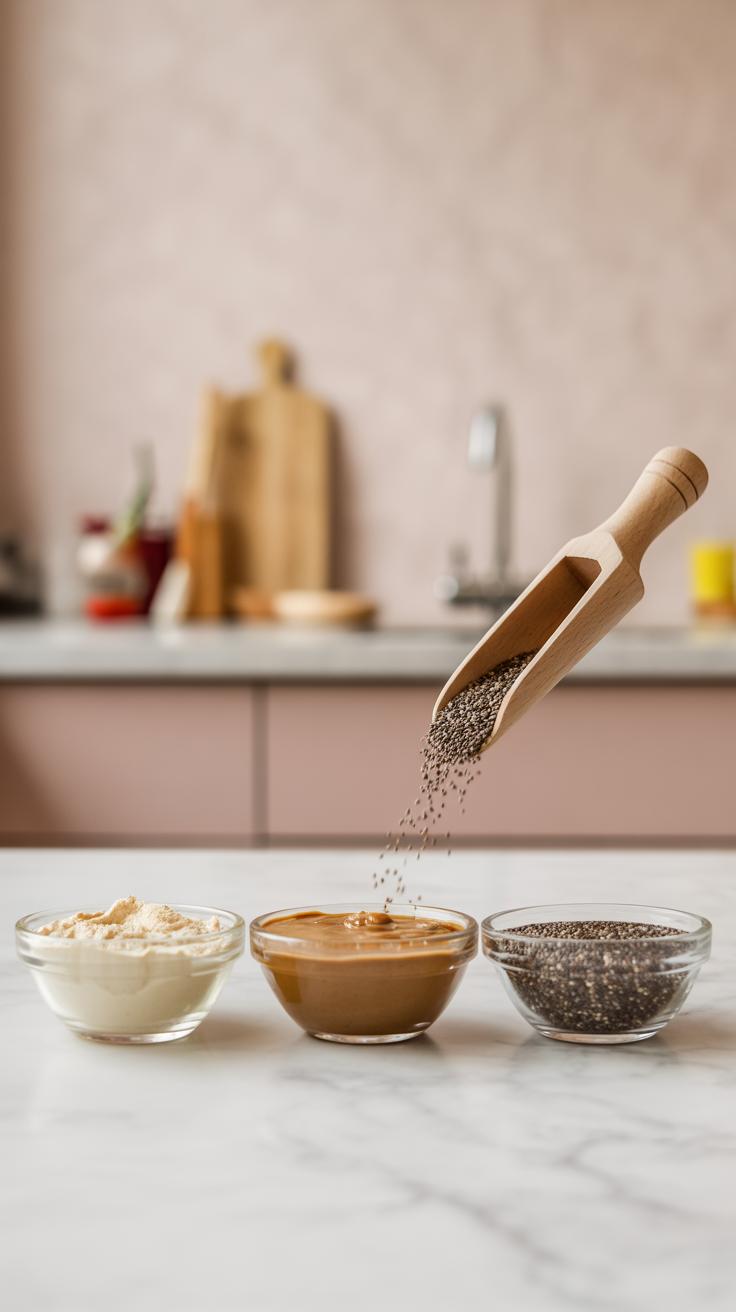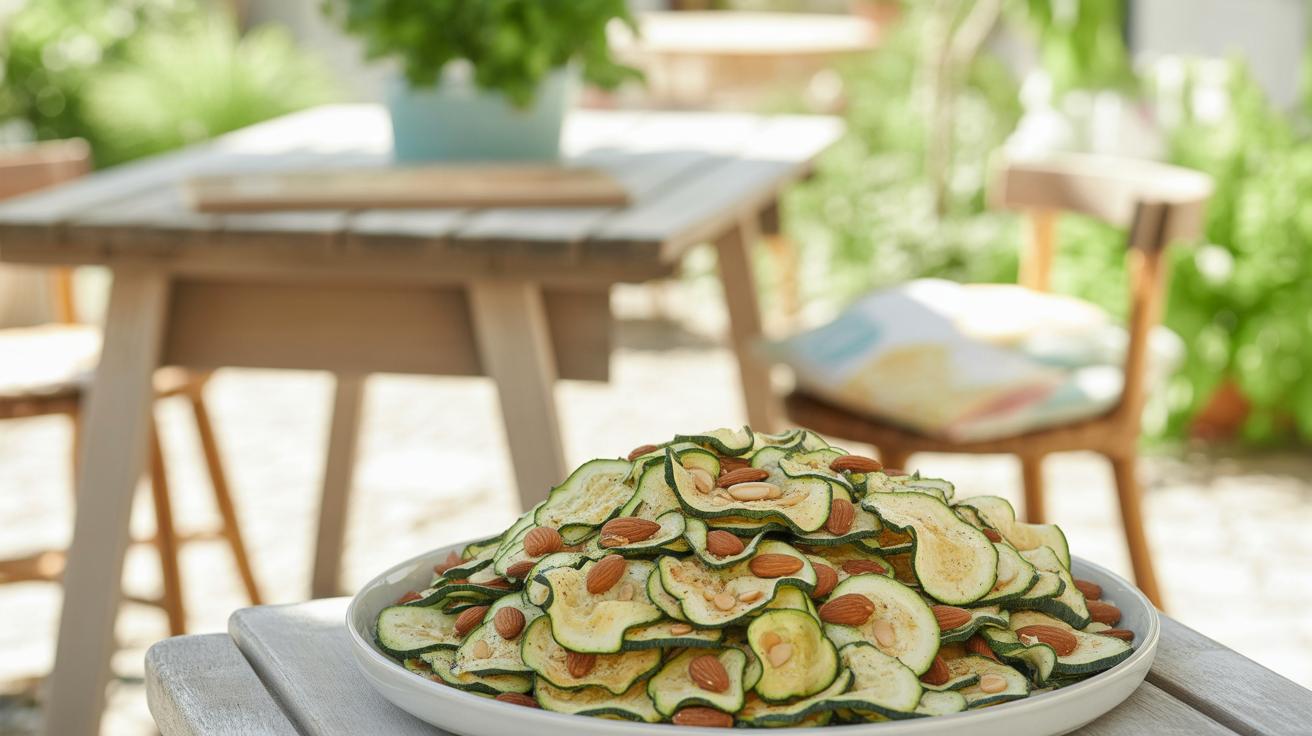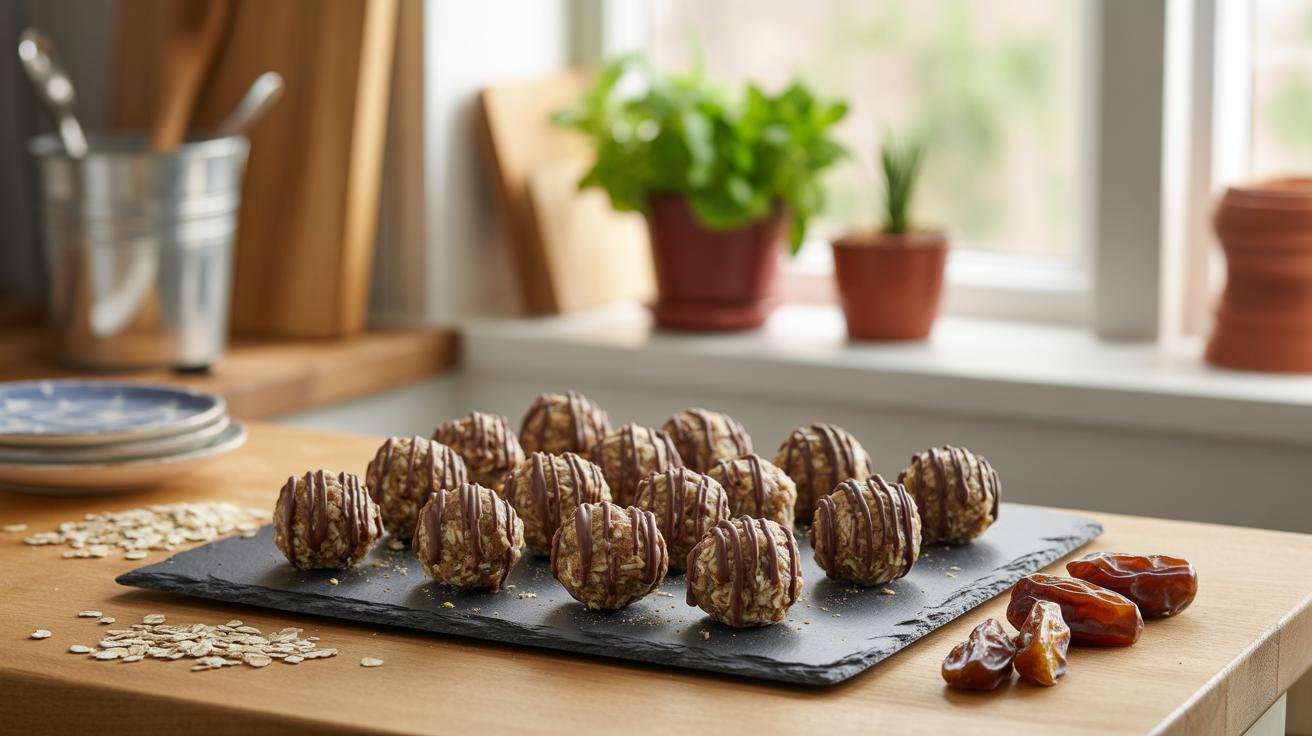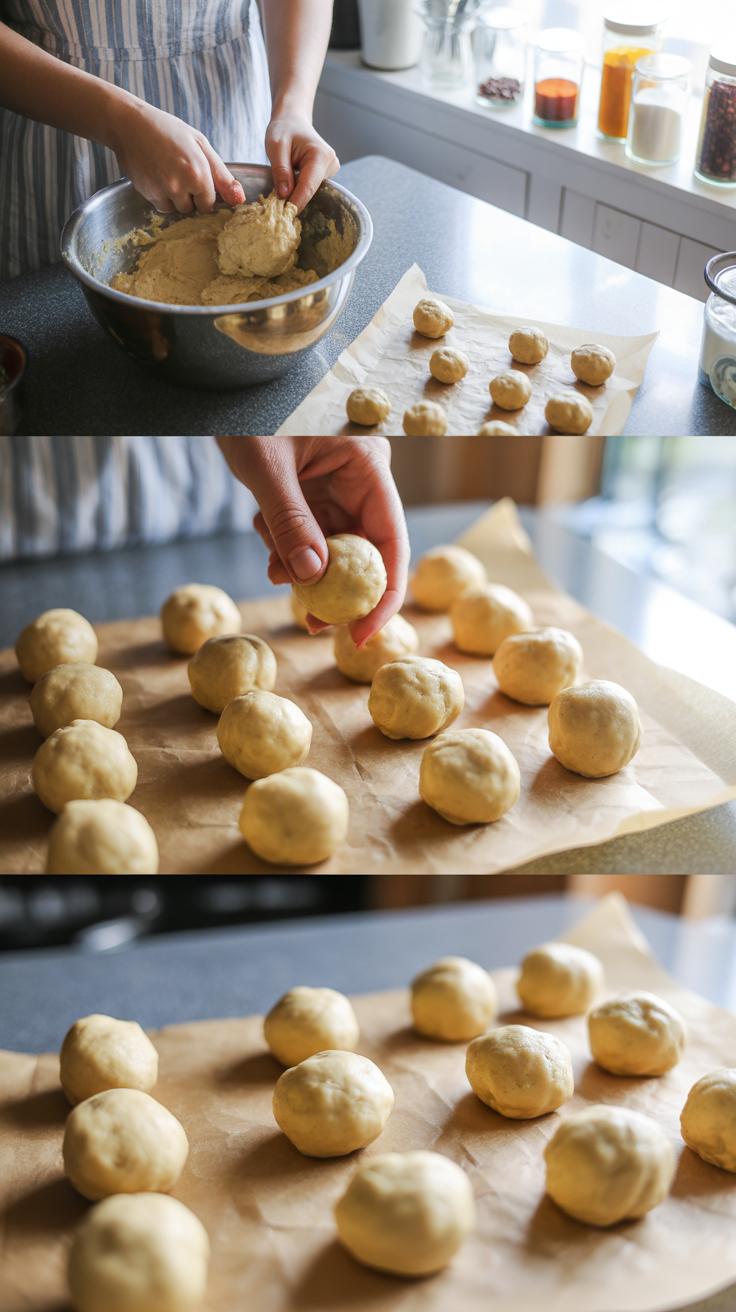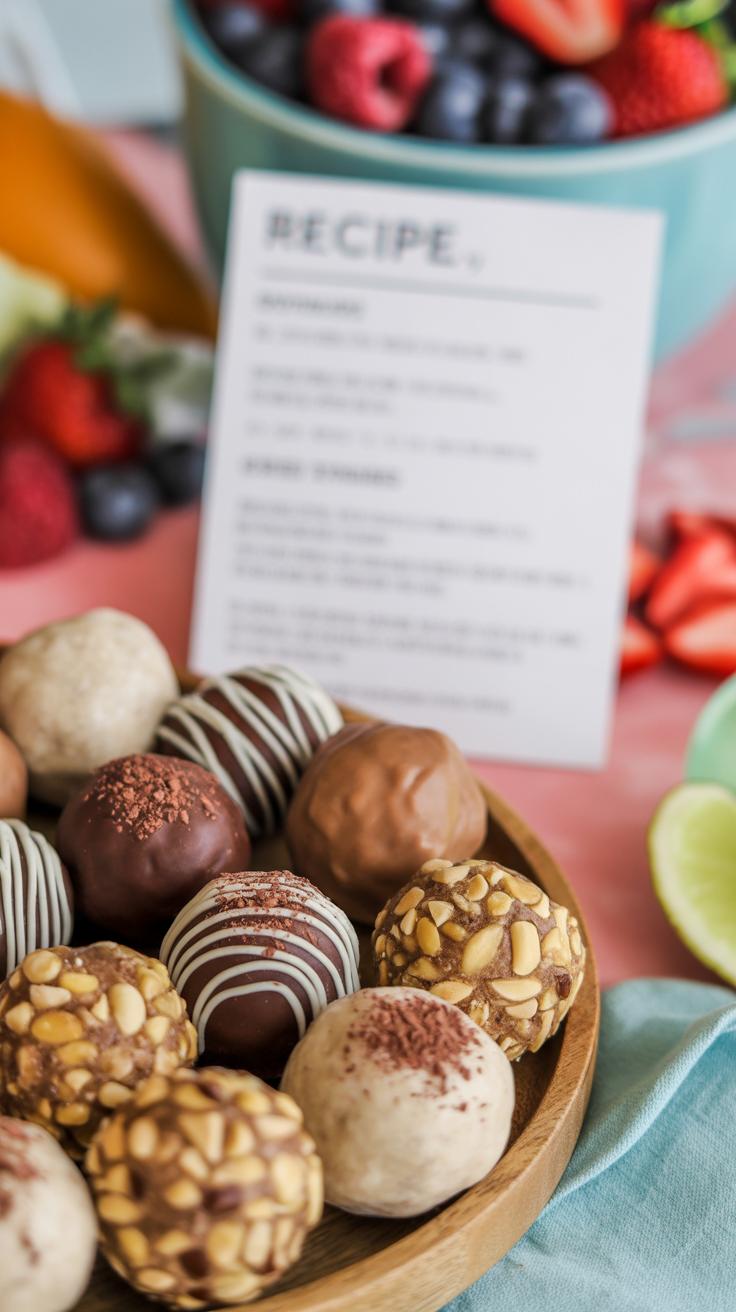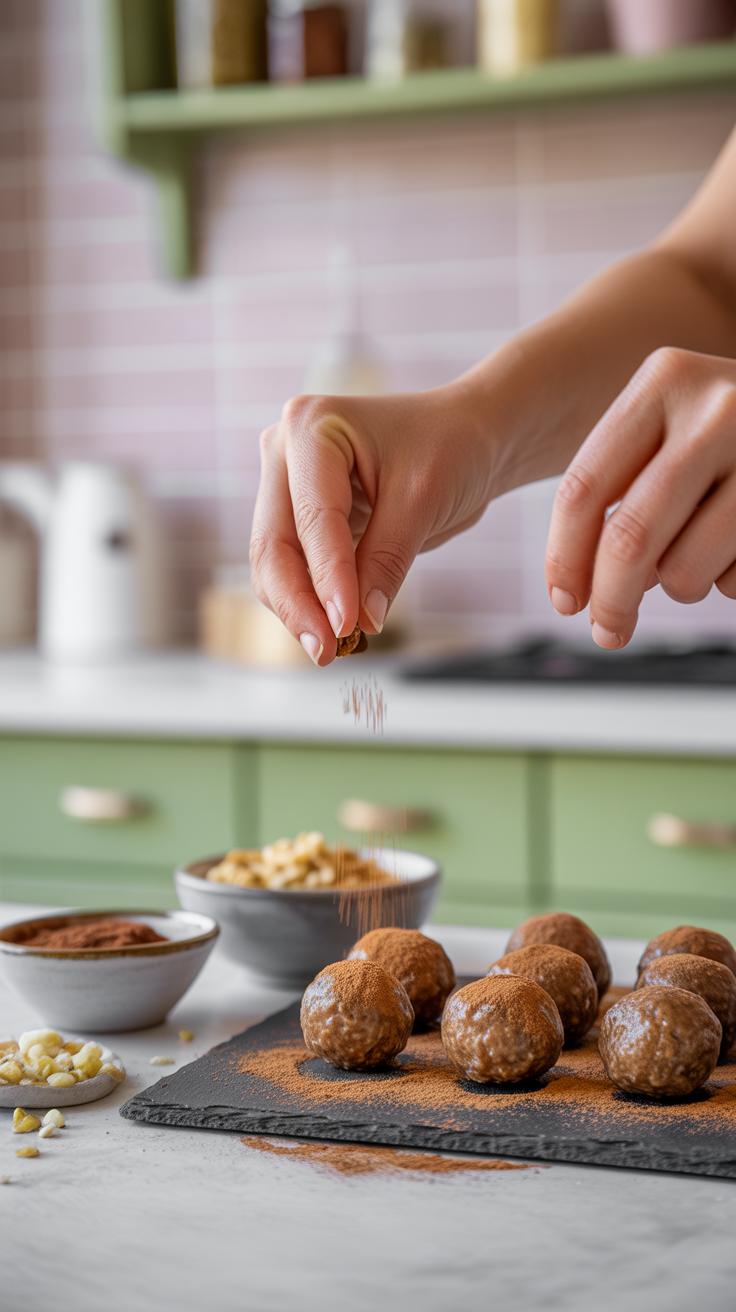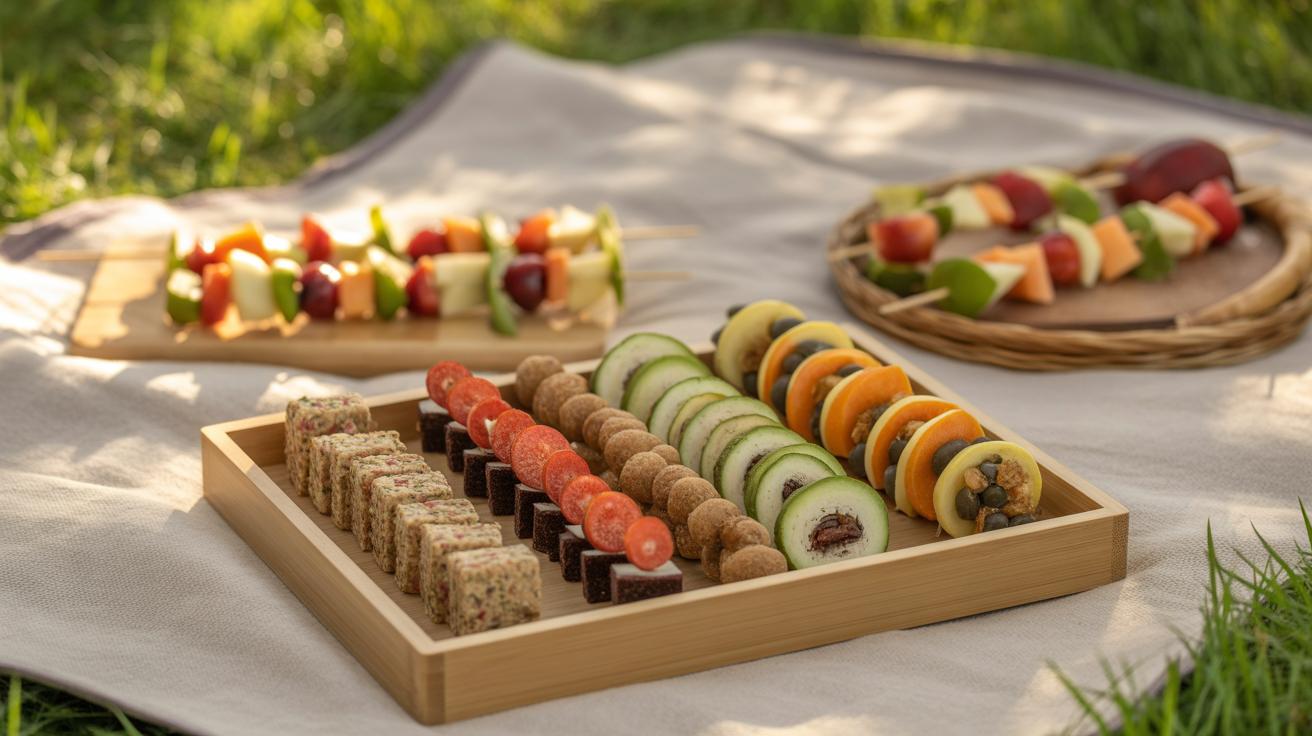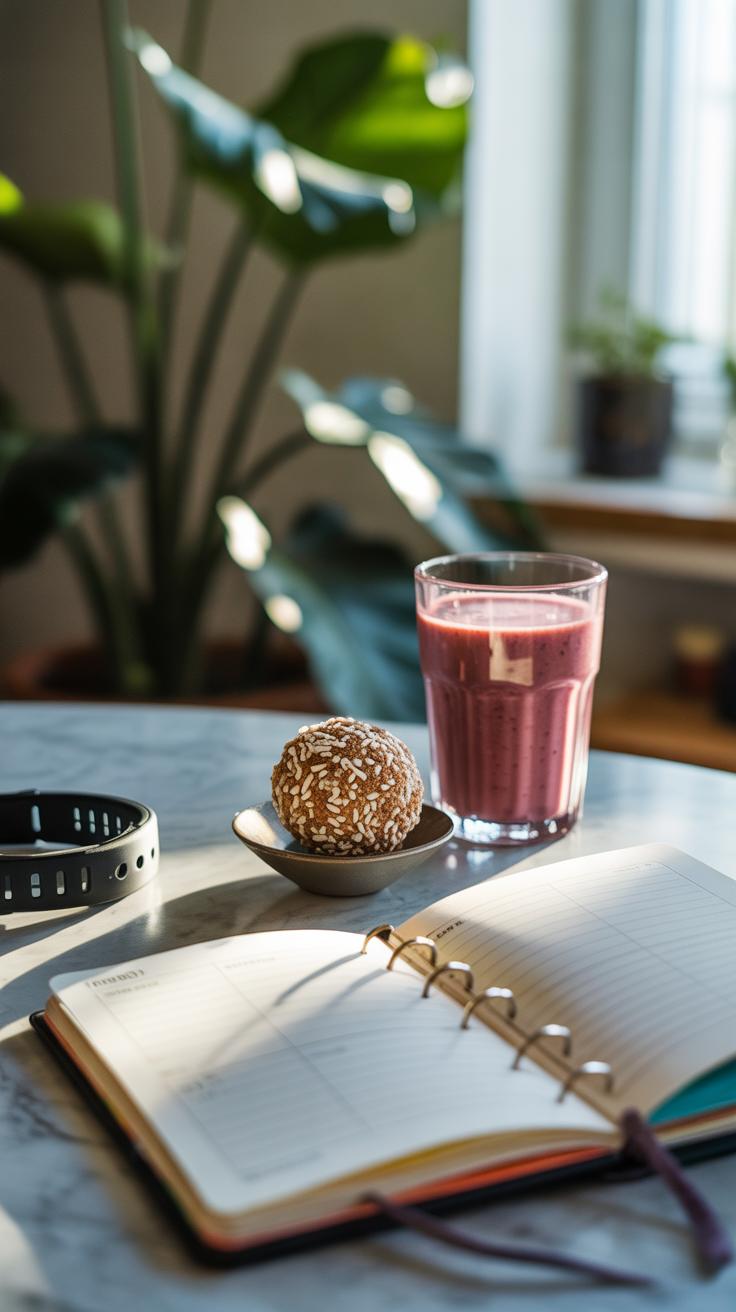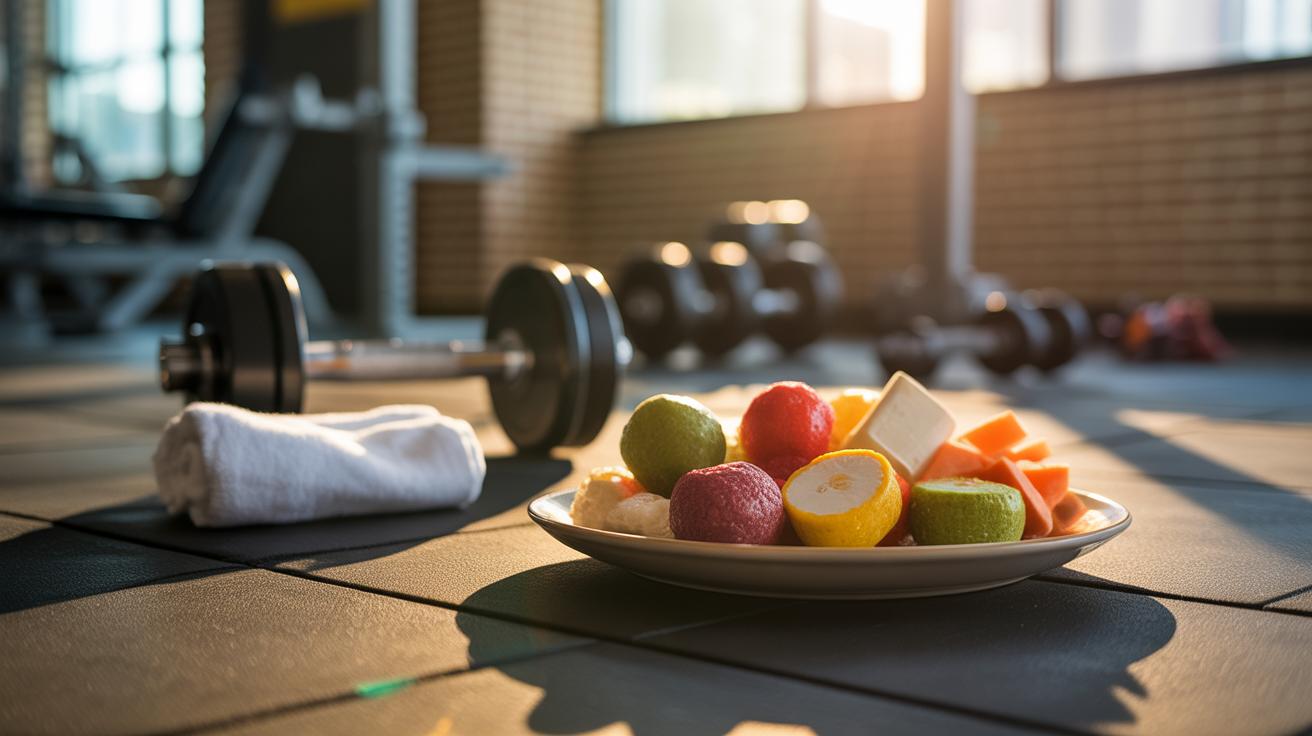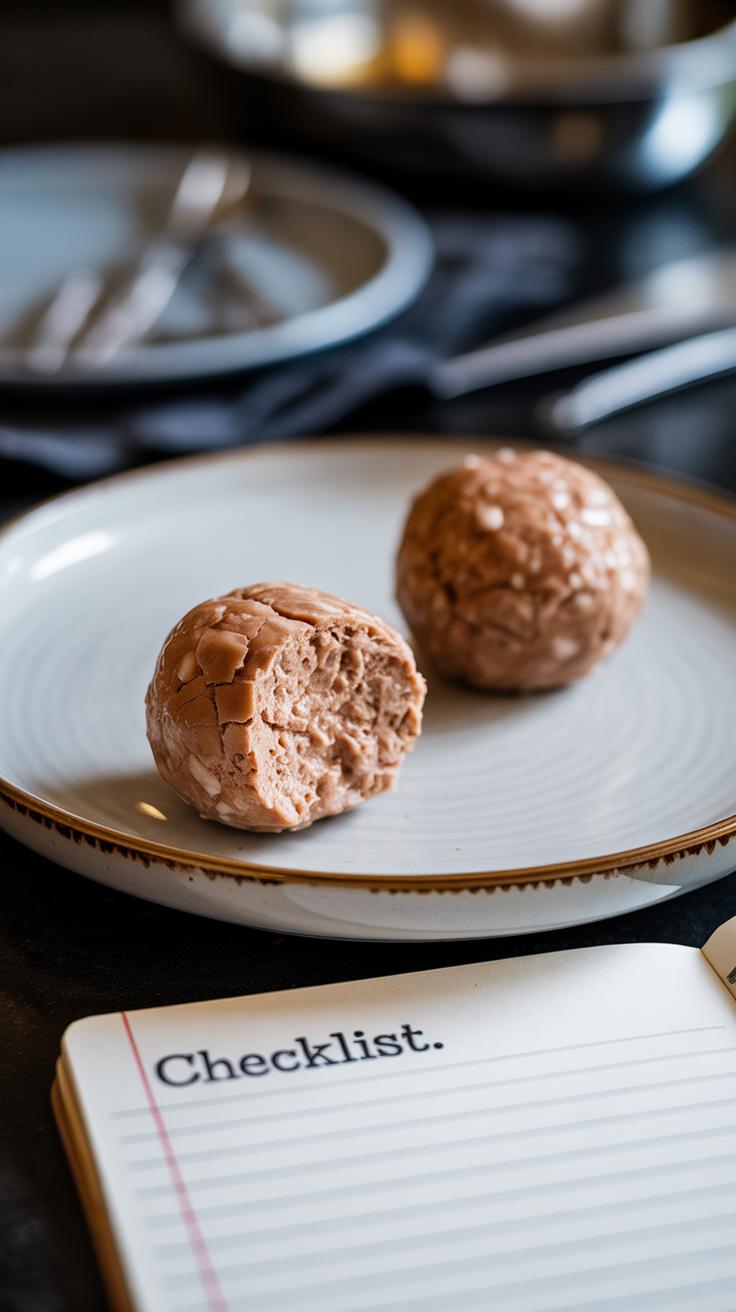Introduction
Protein balls offer a quick, easy, and tasty way to fuel your body with essential nutrients. These small, nutritious snacks are packed with protein, which helps you stay energized throughout the day. Whether you need a morning pick-me-up or an afternoon energy boost, protein balls fit perfectly into your routine. They can be made with simple ingredients you likely have in your kitchen.
In this article, you’ll learn why protein balls are a great choice for snacks. We will explore different recipes, the health benefits of key ingredients, and tips to make your own protein balls. By the end, you will be ready to create delicious and healthy snacks that support your busy lifestyle.
Understanding Protein Balls and Their Benefits
What Are Protein Balls? Protein balls are small, bite-sized snacks made primarily from protein-rich ingredients mixed with complementary flavors and textures. They’re often enjoyed as quick energy boosters or nutritious snacks between meals. Their compact size makes them easy to carry and eat on the go, which is maybe why so many people find them appealing.
Typically, protein balls combine ingredients like nuts, seeds, dried fruits, and some form of protein powder or nut butter to bind everything together. While they may look simple, these little bites pack quite a nutritional punch.
What Are Protein Balls Made Of? The core ingredients usually include:
- Protein sources: protein powders (whey, plant-based), nut butters
- Nuts and seeds: almonds, walnuts, chia seeds, flaxseeds
- Natural sweeteners: honey, maple syrup, dates
- Other binders: oats, coconut flakes
Each component adds something different—protein supports muscle repair and growth, nuts and seeds bring healthy fats and fiber, and sweeteners provide just enough energy and flavor without going overboard. The mix means you aren’t just eating empty calories but something fairly balanced.
Health Benefits of Protein Balls—why grab one next time hunger hits? Well, they offer sustained energy release thanks to the combination of protein, fat, and fiber. This can help stabilize blood sugar and keep you fuller longer, which might just prevent overeating later on.
They’re also handy for muscle repair after workouts because of the protein content, especially if you include whey or other complete proteins. Aside from physical benefits, they make controlling appetite easier, which can be quite helpful if you’re trying to maintain or lose weight.
Protein is crucial for the body; it’s not just about muscles but also enzymes, hormones, and other vital functions. Sometimes snacks feel empty or forgettable, but protein balls offer something a bit more substantial. Have you noticed how different snacks leave you feeling after an hour? That’s the kind of thing protein balls can improve.
Choosing The Right Protein Sources
Animal-Based Protein Options
When it comes to animal-based proteins for your protein balls, whey and casein are popular choices. Whey protein absorbs quickly in the body, which can be useful if you want an immediate energy boost, say after a workout or a busy morning. Casein, on the other hand, digests more slowly, offering a steadier protein release over time. That slow digestion might help you feel full longer throughout the day.
Whey tends to mix smoothly into most dough-like mixtures, making it easy to form compact balls without crumbling. Casein can add a creamier texture, but sometimes it feels a bit heavier in the mix. I’ve noticed that adding a little honey or nut butter usually helps it all blend well. Both provide complete proteins, meaning they contain all the essential amino acids your body needs. That’s a real plus if you rely mainly on these for muscle recovery or energy. But maybe you’re not comfortable with dairy, or you just want something different—that’s where plant-based options come in.
Plant-Based Protein Options
Plant proteins like pea, hemp, and rice protein powders come with their own set of perks and quirks. Pea protein is pretty rich in iron and has a clean flavor, though some find it slightly grainy in texture. It’s a solid choice if you want something easy to digest and hypoallergenic. Hemp protein includes fiber and omega-3s, making your protein balls a bit more nutrient-packed, but the taste can be a little earthy, which not everyone enjoys right away.
Rice protein is usually mild-tasting and hypoallergenic but doesn’t offer a complete amino acid profile by itself. That’s something to consider if you rely solely on it. Mixing rice protein with pea or hemp can help balance that out, but you might have to experiment with proportions to get the texture right. Plant-based powders are often less sticky than whey, making the balls sometimes a bit crumbly unless you add a good binder like nut butter or syrup.
Choosing between these proteins depends largely on your dietary preferences or restrictions and what texture or flavor you’re aiming for. Have you tried blending different protein types? It kind of opens up options you might not guess at first. Each protein brings its own little twist, which might even affect how you enjoy your snacks throughout the day.
Picking NutrientDense Ingredients
Choosing the right ingredients for your protein balls can really change the game—not just in taste, but for your body’s energy and health. When I think about what goes in, I focus on nuts, seeds, dried fruits, and natural sweeteners—all packed with nutrients that do more than just fill you up.
Nuts and seeds aren’t just crunchy fillers. They bring healthy fats, mostly unsaturated, that your body appreciates. These fats support brain function and keep you feeling full longer. Plus, they’re loaded with fiber, which helps your digestion stay on track and releases energy slowly. Think almonds, walnuts, chia seeds, or flaxseeds. They each have unique profiles—for instance, walnuts are rich in omega-3s, while chia offers plenty of soluble fiber.
Natural sweeteners like honey or dates add sweetness without the crash that refined sugar can cause. I like using dates because they add extra fiber and minerals like potassium. Honey, on the other hand, has antioxidants, though it’s a simpler sugar, so you might want to use it sparingly. Sometimes, I throw in cocoa powder or spices like cinnamon. Cocoa adds antioxidants and a rich flavor, while cinnamon may help stabilize blood sugar.
What if you try mixing different seeds and nuts to see how the flavors and textures turn out? Maybe a pinch of nutmeg or cardamom will surprise you. Remember, you’re aiming for balance: nutrients that fuel the body along with flavors you actually enjoy to keep you reaching for these protein balls throughout your day.
Basic Steps To Prepare Protein Balls
Mixing Ingredients Properly
When you start making protein balls, the way you combine your ingredients makes a big difference in texture. Usually, you’ll have dry ingredients like protein powder, oats, nuts, or seeds, and wet ones like nut butter, honey, or mashed banana. The key is to mix the dry ingredients first so they’re evenly distributed—I tend to stir them together in a bowl with a fork or spoon until the powders and flakes blend well.
Then, add your wet ingredients gradually. Pour a bit, mix, pour more if needed. It may feel like you’re going too slow, but taking your time here prevents clumps or a mixture too sticky to handle. Sometimes the mix feels too crumbly or dry—just add a touch more wet ingredients, a little at a time. Every batch behaves differently, depending on your choices. It’s a bit of trial and error, but you’ll get a feel for the right balance.
Shaping And Storing Tips
Once your mix is ready, it’s time to shape. Grab a small spoon or scoop and portion out the mixture evenly. Using your palms, gently roll each portion back and forth until it forms a compact ball. Don’t worry about perfect roundness—what matters is they hold together. If your hands start sticking, lightly dust them with oats or cocoa powder. That can help the dough cooperate.
When it comes to storing, you want to keep them fresh but avoid drying out. An airtight container in the fridge usually works best—you’ll protect them from absorbing other smells and keep the texture just right. They can last a week or even more this way. For longer storage, I sometimes freeze a batch. Thawing takes a bit of patience, but the flavor holds up well.
Have you noticed how sometimes a batch seems wet but firms up in the fridge? That’s normal. It means your energy-boosting protein balls are shaping up nicely, ready for whenever you need a quick bite.
Simple Protein Ball Recipes To Try
Let’s get hands-on with two easy recipes you can try right away. These don’t require fancy tools or complicated techniques—just basic ingredients and a bit of mixing.
Classic Peanut Butter Protein Balls
Here’s a quick recipe that many find satisfying. You’ll need peanut butter, oats, protein powder, and honey. They combine into a chewy, slightly sweet treat that packs a decent amount of protein.
- In a bowl, mix 1 cup of rolled oats with half a cup of peanut butter.
- Add 1/4 cup of protein powder—vanilla or plain works fine—and stir.
- Drizzle in about 3 tablespoons of honey to bind everything.
- Mix everything until the texture feels sticky but manageable.
- Roll into bite-sized balls, about one inch in diameter.
- Place them on a tray and chill in the refrigerator for at least 30 minutes before eating.
This recipe is pretty forgiving. If the dough feels too dry, a splash of water or milk helps. Too sticky? Toss in a few more oats. It’s that simple.
No-Bake Chocolate Protein Balls
Chocolate lovers might find this next one tempting. It skips the oven and adds natural sweetness from dates and crunch from seeds.
- Start by blending about 10 pitted dates in a food processor until smooth.
- Add 1/2 cup of protein powder and 2 tablespoons of cocoa powder, then pulse again.
- Mix in 1/4 cup of mixed seeds like chia or sunflower for texture.
- Once combined, scoop out small portions and roll into balls.
- Chill them in the fridge for 20 minutes so they firm up.
This version feels richer and less sweet than many store-bought bars. Dates keep it naturally sweet, but not sugary. The seeds add a pleasant bite. You might find yourself reaching for these more than once.
Customizing Protein Balls For Your Taste
Protein balls are like a blank canvas waiting for you to experiment. You can tweak ingredients to suit your mood or dietary goals. Maybe you prefer something crunchier—try tossing in chopped nuts or seeds. Or perhaps a softer bite feels better; in that case, adding more nut butter or using ground oats can help. The fun lies in testing different combos until you find what clicks.
Flavors And Texture Variations
Spices can change everything. Cinnamon, nutmeg, or even a pinch of cayenne add unexpected depth. For nuts, almonds and walnuts give a crunch, while cashews or pecans create creaminess when chopped finely. Dried fruits like cranberries or chopped dates bring chewiness and bursts of sweetness. Sometimes mixing flavors leads to surprises—you might dislike a certain spice at first but grow to love it in protein balls.
Adjusting Sweetness And Protein Levels
Sweetness is easily altered by swapping honey or maple syrup for a sugar-free option, or just cutting back altogether. On days when you want a lighter snack, less sweet might work better. Protein levels depend on your needs—adding more protein powder boosts content but can affect texture. You might need to balance with extra wet ingredients to keep the mix from becoming too dry. It’s a bit of trial and error, but that’s part of the charm.
What combinations have you thought about trying? Sometimes, the best tweaks happen spontaneously—when you just glance at your pantry and grab whatever feels right. Don’t hesitate to adjust, taste, and adjust again.
Incorporating Protein Balls Into Your Diet
Protein balls fit nicely into many parts of your day. You might reach for one as a pre-workout boost—something small but packed with energy that doesn’t weigh you down. Or perhaps they serve better as an afternoon pick-me-up, when hunger creeps in but a full meal feels like too much.
Some people use protein balls as quick breakfast options, especially on busy mornings. I’ve noticed that grabbing a couple alongside some fruit makes for a surprisingly satisfying start, though it sometimes leaves me wanting a bit more volume.
Best Times To Enjoy Protein Balls
- Before exercise to fuel your muscles and steady energy levels
- Mid-morning or afternoon snacks to curb cravings between meals
- Alongside breakfast when you’re pressed for time but want protein
- Post-workout for muscle recovery, especially if you don’t have a full meal right away
- During busy days when you need a portable nutrient boost
Sneaking protein balls into these moments works well, though they shouldn’t replace entire meals unless paired thoughtfully.
Balancing With Other Meals
It’s tempting to rely on protein balls alone—easy, tasty, and portable. Still, aiming for variety matters. Pairing them with veggies, whole grains, or fresh fruit rounds out your diet. For example, if your protein ball doesn’t include much fiber, adding a salad or some crisp veggies later helps balance things.
Also, watch how much fat and sugar your protein balls have. They’re a part of a bigger nutritional picture. I try to balance out denser protein balls by eating lighter meals around them, but sometimes I slip up and feel too heavy or a bit too full.
What times in your day do you find it easiest to fit in these bites? Finding your rhythm makes all the difference.
Troubleshooting Common Protein Ball Issues
Fixing Texture Problems
Protein balls can be tricky. Sometimes they turn out too dry or crumbly, other times they’re overly sticky and hard to shape. If your protein balls lack moisture and fall apart, try adding a bit more binding ingredient—like nut butter, honey, or even a splash of milk. I’ve found that adjusting the wet-to-dry ratio a little at a time works better than guessing all at once.
If they’re too sticky, chill them in the fridge for 15-20 minutes; it often helps. Sometimes, the type of protein powder you use makes a difference. Whey or casein tend to absorb liquid differently than plant-based powders, so swap if you see too much stickiness and think the powder might be the cause.
Also, don’t underestimate a good mix. Stirring thoroughly ensures even distribution of moisture and binding agents. It can mean the difference between crumbly and just-right.
Storing And Shelf Life Challenges
Keeping protein balls fresh can be a bit frustrating if you’re not careful. Store them in an airtight container, preferably in the fridge. This way, they usually last up to a week without losing taste or texture. If you want longer storage, freezing is an option. Wrap them individually or lay them on a tray to freeze before sealing in a bag—this avoids one giant frozen block.
Sometimes after thawing, texture changes slightly. That’s normal, but you can soften them up by letting them sit at room temperature for a short while. Moisture loss is the main culprit in staleness, so keeping them sealed tightly matters more than you might think.
Ever noticed how the smell or slight discoloration creeps in? That usually means it’s time to toss them. Trust your senses—shelf life isn’t a fixed number but a range depending on ingredients and storage conditions.
Conclusions
Protein balls provide a practical and tasty way to meet your protein needs. They are versatile, easy to make, and can be customized to suit your taste and dietary preferences. Making your own protein balls ensures you control the ingredients and avoid added sugars and preservatives found in many store-bought snacks.
Adding protein balls to your daily snack options can improve your energy levels and support your overall health. With the recipes, tips, and information shared here, you have the tools to make protein balls a regular part of your diet. Enjoy the benefits of these nutrient-packed snacks while satisfying your cravings in a healthy way.

